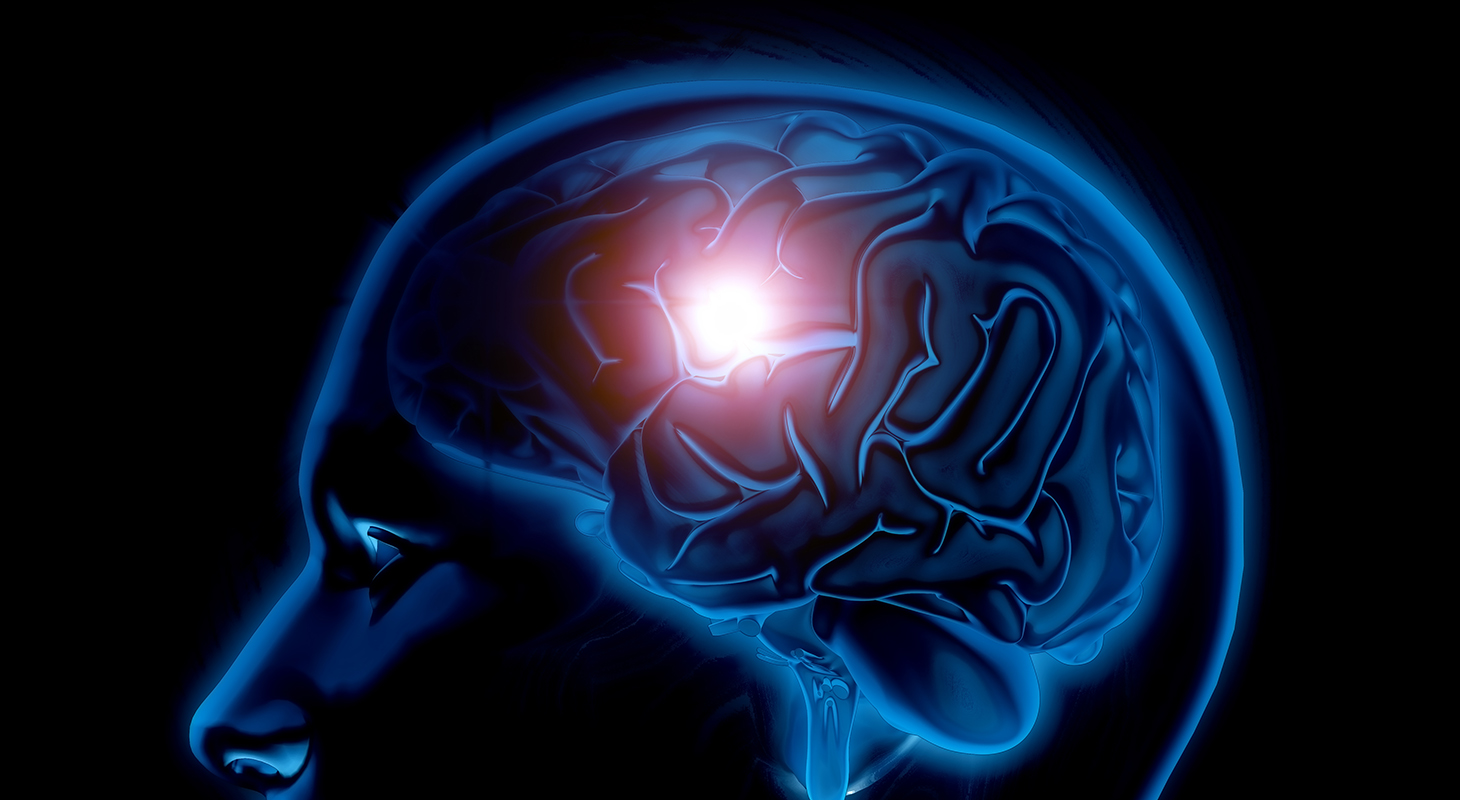- Share
- Share on Facebook
- Share on X
- Share on LinkedIn
Publication / Team J.Bastin, Research
On April 3, 2024

GIN researchers have succeeded in proving that the thalamus is indeed involved in trial-and-error learning. Their findings have been published in the scientific journal Nature Communications.
As the philosopher John Locke put it “reward and punishment are the only motives to a rational creature: these are the spur and the reins whereby all mankind is set on work and guided”. Research into reinforcement learning aims to characterize the processes by which people learn, through trial and error, to select actions that maximize or minimize the occurrence of rewards or punishments respectively.
This form of 'reinforcement learning' recruits a fronto-striatal circuit in our brain. Although the thalamus is a critical node in this circuit, to date there is no direct evidence of its involvement in reinforcement learning in humans. The high spatiotemporal resolution required to distinguish thalamic neuronal activities during such cognitive processes is inaccessible with the ordinary imaging tools used in humans.
To fill this gap, Julien Bastin and his Team “Brain, Behavior and Neuromodulation” conducted a study using rare direct intracranial recordings obtained from the human limbic thalamus of eight patients with drug-resistant epilepsy. These patients were receiving thalamic neural implants used in a clinical trial to test the effects of deep brain stimulation of the anterior thalamus in epilepsy.
The researchers found that in the anterior thalamus (ATN) and dorsomedial thalamus (DMTN), low-frequency oscillations (LFOs, 4-12 Hz) were positively correlated with expected value (estimated from a computational model) during reward-based learning (after outcome delivery) or punishment-based learning (during the choice process).
In addition, LFOs recorded in these thalamic nuclei were also negatively correlated with reinforcement, so that both components of prediction errors were found in the human thalamus.
The observed differences in expectation signals between reward and punishment conditions shed light on the neural mechanisms underlying action inhibition in punishment avoidance learning.
Their results provide a better understanding of the role of the thalamus in reinforcement-based decision-making in humans.

Reinforcement-learning paradigm and electrophysiological results. Schematic position of the deep brain stimulation electrodes used to record intra-thalamic signals and experimental paradigm used to distinguish reward-based vs. punishment-based learning. Both components of the “teaching signal” (prediction errors) were associated with thalamic LFO.
Reference :
Human thalamic low-frequency oscillations correlate with expected value and outcomes during reinforcement learning.
Collomb-Clerc A, Gueguen MCM, Minotti L, Kahane P, Navarro V, Bartolomei F, Carron R, Regis R, Chabardes S, Palminteri S* and Bastin* J.
Nat Commun 14, 6534 (2023). https://doi.org/10.1038/s41467-023-42380-6
Date
- Share
- Share on Facebook
- Share on X
- Share on LinkedIn